If you’ve ever traveled to Peru or another part of South America, you’ve probably heard warnings about parasites. The concern is understandable—many people do experience digestive issues during or after their trip. Giardia is one of the most common culprits.
But why does this happen? Why are parasites more prevalent in Peru, and what can you do to protect yourself while traveling or living there? Let’s break it down.
Giardia: A Common Yet Underappreciated Parasite
Giardia is a parasite that can cause diarrhea, stomach cramps, and nausea, often referred to as “traveler’s diarrhea.” It’s one of the most common waterborne parasites found in Peru.
In many countries, water treatment plants remove Giardia from public water supplies using chemicals like chlorine and ozone, which can effectively kill or neutralize Giardia cysts. However, in Peru, Giardia cysts are not as easily filtered out. In fact, untreated or poorly treated water often contains Giardia that remains active and contagious. This is why travelers often find themselves facing the discomfort of parasites after drinking unfiltered water or eating food that has been contaminated with this parasite.
Why Does Giardia Live in the Water in Peru?
In Peru and many other developing countries, water sanitation practices can vary. While large cities like Lima may have water treatment facilities, many smaller towns or rural areas still rely on water sources that may not be filtered effectively. The water infrastructure in these regions can also be outdated, which increases the chance of contamination.
Giardia is resilient—it can live in cold, clear mountain streams and even dirty puddles, which are often sources of drinking water in Peru. It’s especially prevalent in rainy seasons, when water runoff increases contamination risk.
How Giardia Is Treated in Other Countries
In countries with more advanced water treatment systems, Giardia cysts are typically killed in the water treatment plants through the use of chlorine, ozone, and UV light. These chemicals and methods have been found to be highly effective at neutralizing parasites like Giardia, ensuring that the water is safe for consumption.
In addition to water treatments, antiparasitic medications like metronidazole and tinidazole are commonly prescribed to treat Giardia infections in many developed countries. These medications kill the parasite in the intestines, helping the body clear it out.
Preventing Giardia While Traveling in Peru
While Giardia is common, it is preventable. Here are some tips for keeping yourself protected from parasites during your travels:
1. Drink Bottled Water or Boil Water
Avoid tap water, even in hotels or restaurants. Stick to bottled water or boil your water for at least one minute. If you’re in a remote area without easy access to bottled water, water purification tablets or a filter are your best bet.
2. Avoid Ice
Ice is often made from local tap water, which may contain Giardia. Stick to drinks without ice or order hot beverages like tea or coffee, which are safer to drink.
3. Wash Hands and Fruits Thoroughly
Wash your hands frequently, especially before eating. If you’re consuming fruits or vegetables, make sure they are washed thoroughly with safe water or peeled before eating. Many parasites can be transmitted through contaminated food.
4. Avoid Undercooked Meat and Seafood
Meat and seafood can also be sources of parasites. Raw or undercooked seafood, especially in coastal areas, can harbor various parasitic infections, including Giardia and tapeworms. Stick to well-cooked meats and seafood for your safety.
Parasites Aren’t Just in Peru—They’re Everywhere
It’s easy to assume that parasites are a foreign problem, but the truth is that every country has its own set of parasites. You may not hear as much about them in your home country, but that doesn’t mean they don’t exist. In fact, Giardia and other parasites are found in many developed countries, though we may not always be aware of them.
For example, the United States, Canada, and Europe all report cases of Giardia infections, especially through contaminated water, unpasteurized dairy, or raw meat. In fact, parasites like tapeworms and Toxoplasma (found in undercooked meats) are commonly transmitted worldwide, even in the most sanitary places.
Parasites in Meat and Seafood
In both Peru and your home country, meat and seafood can be potential sources of parasites. Tapeworms, roundworms, and flukes are some of the most common parasitic infections from consuming undercooked or raw meat. Raw seafood (like sushi) can carry parasites such as Anisakis.
When traveling abroad, especially in places with less stringent food safety regulations, be extra cautious about undercooked meat or seafood, as these can harbor harmful pathogens and parasites. Cooking meat and seafood thoroughly kills these parasites, reducing your risk.
Final Thoughts
Parasites, like Giardia, can be uncomfortable and inconvenient—but they don’t have to ruin your trip or health. By taking precautions with food and water, staying mindful of hygiene, and understanding the risks, you can protect yourself from unwanted parasites while traveling in Peru or anywhere else.
And remember—your home country may have parasites lurking in its food and water sources too. Awareness and prevention are key to staying healthy wherever you are.






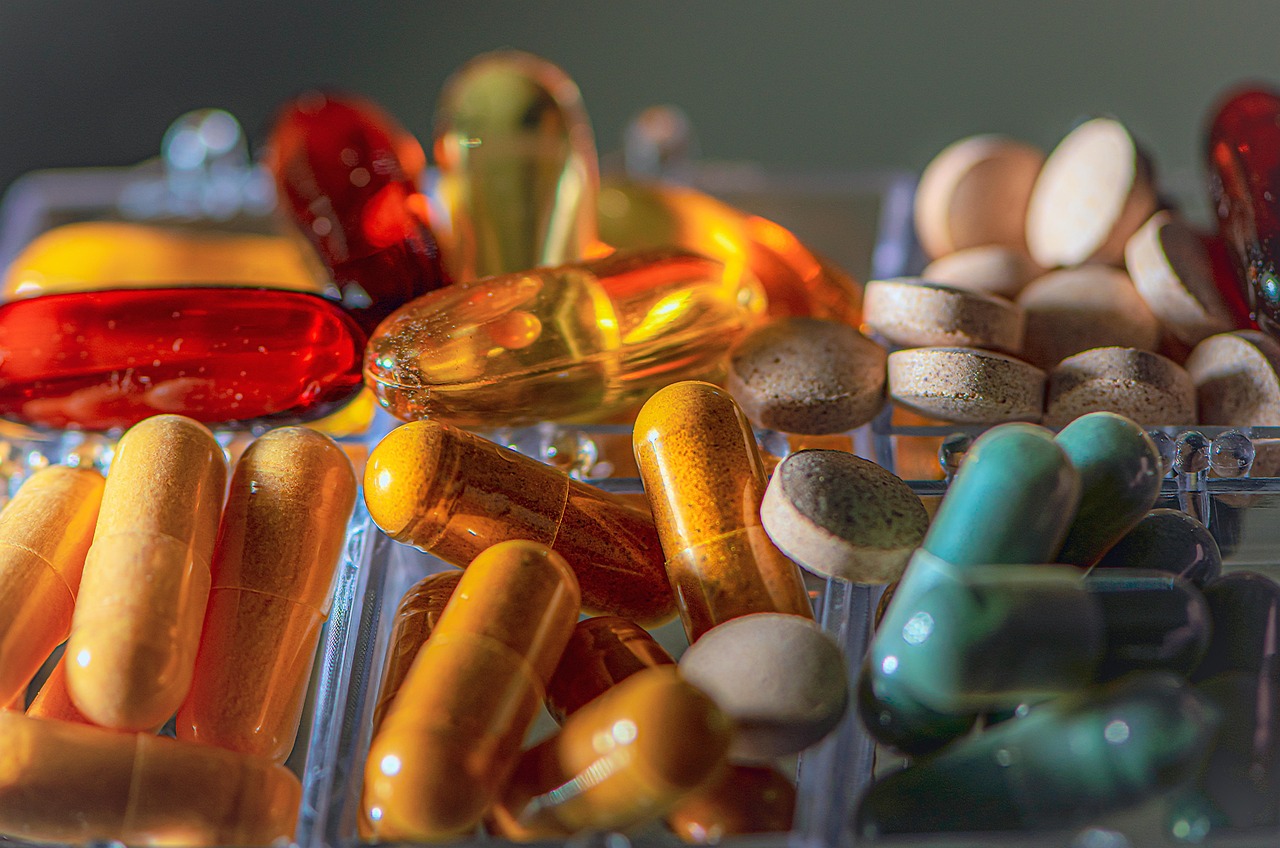
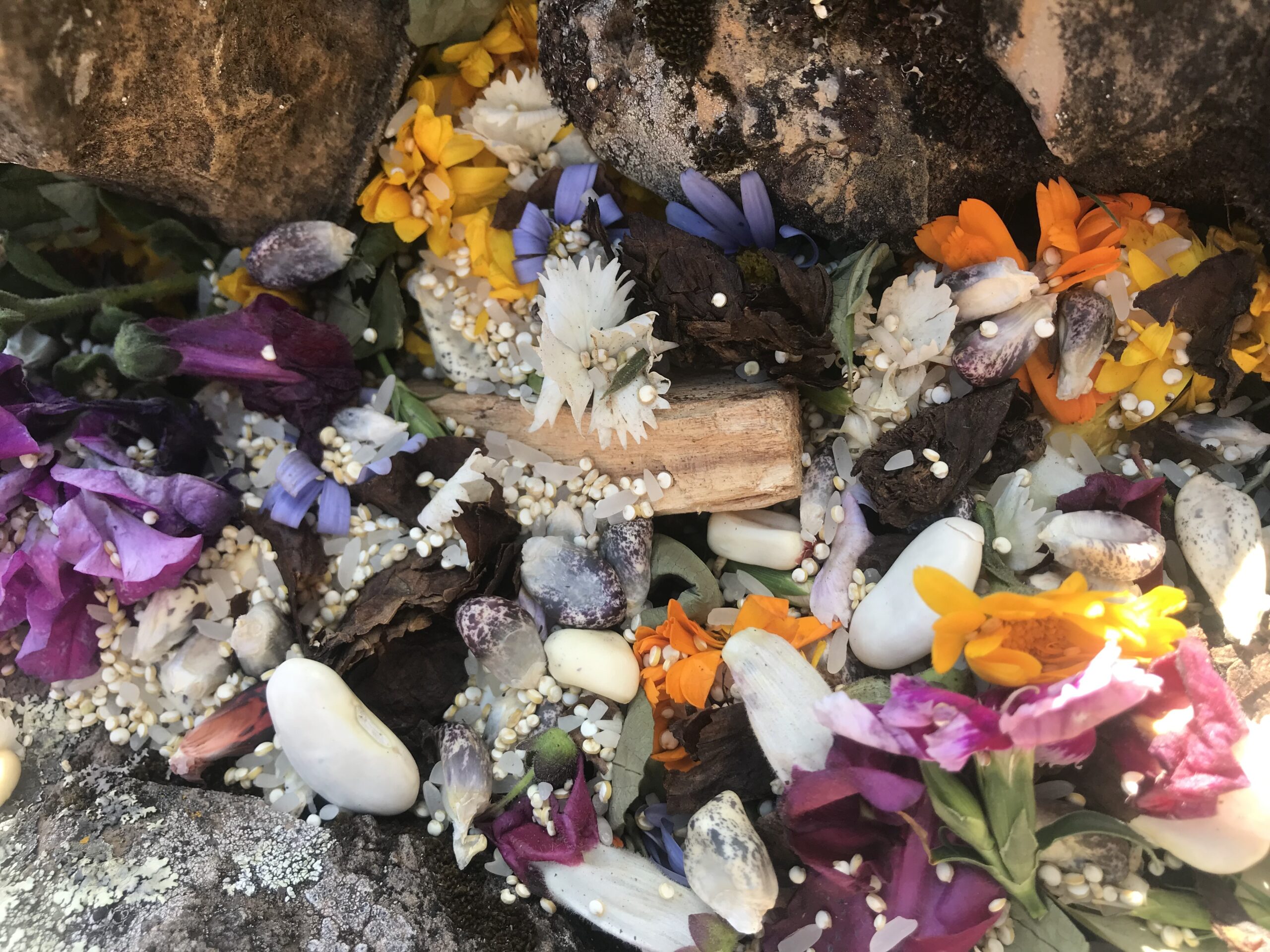

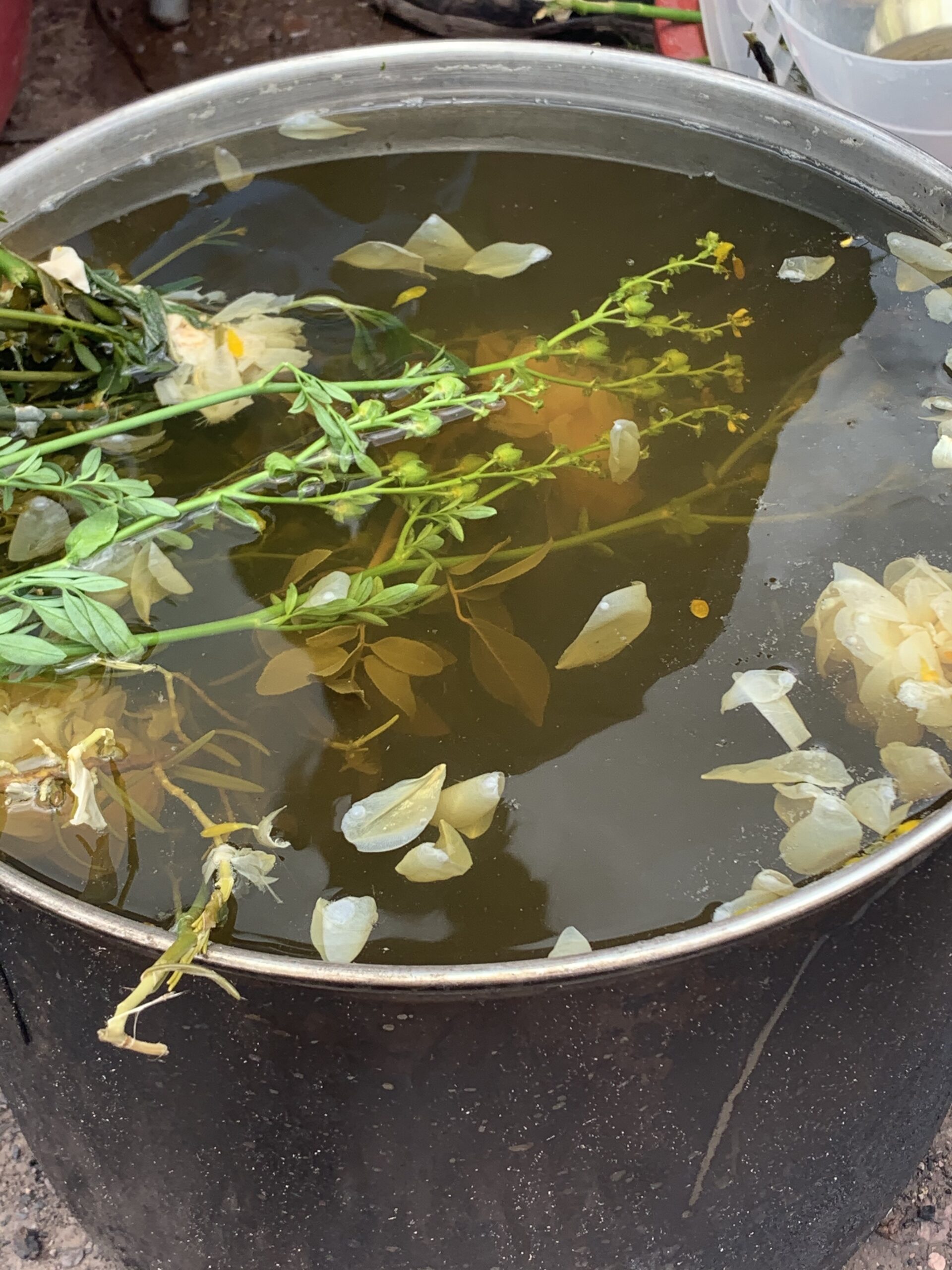
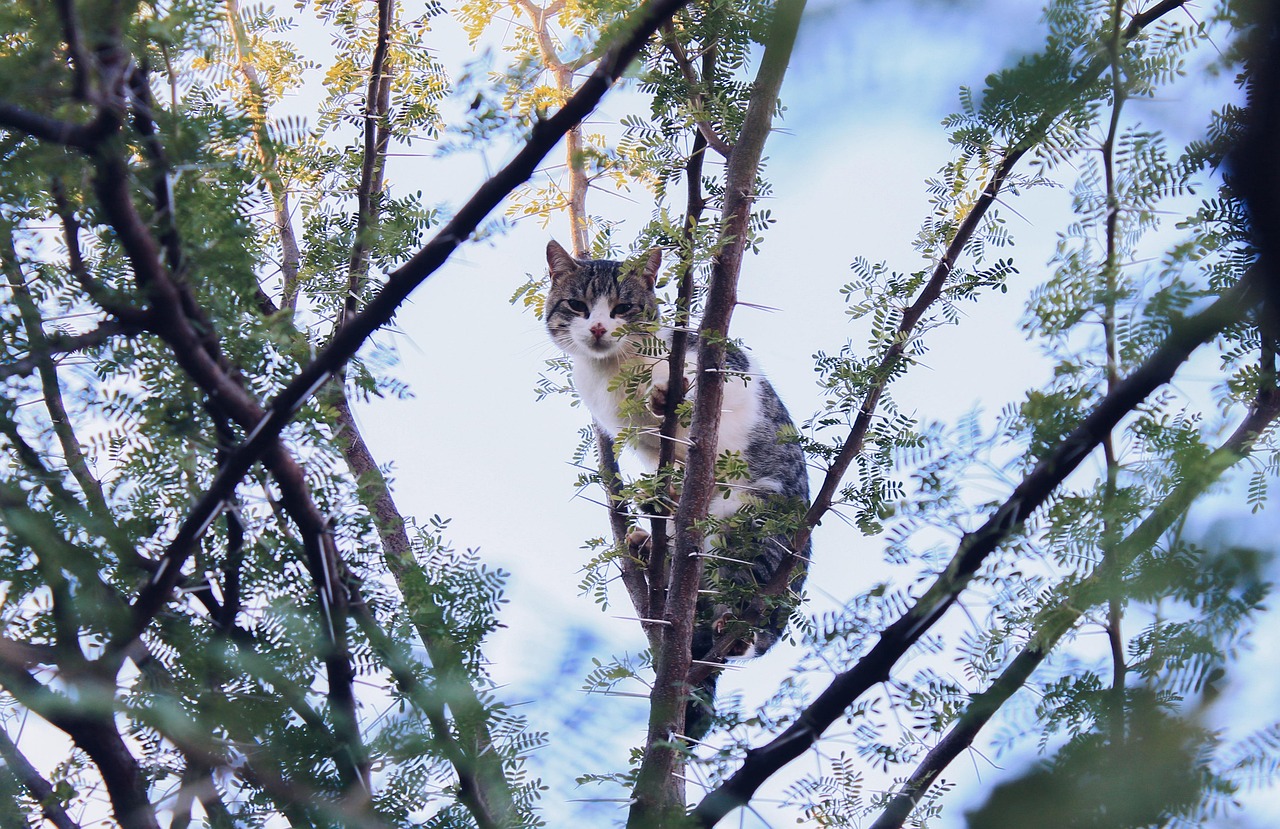
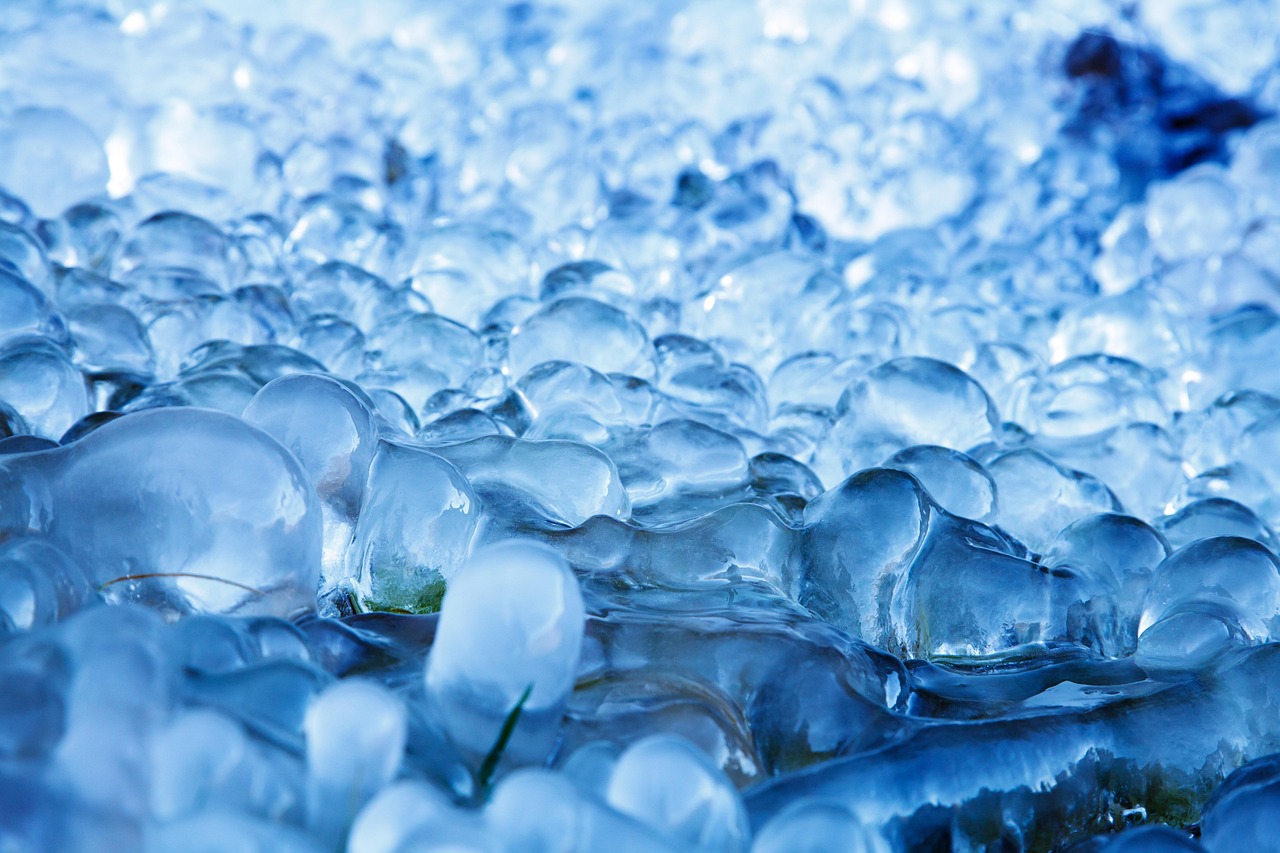


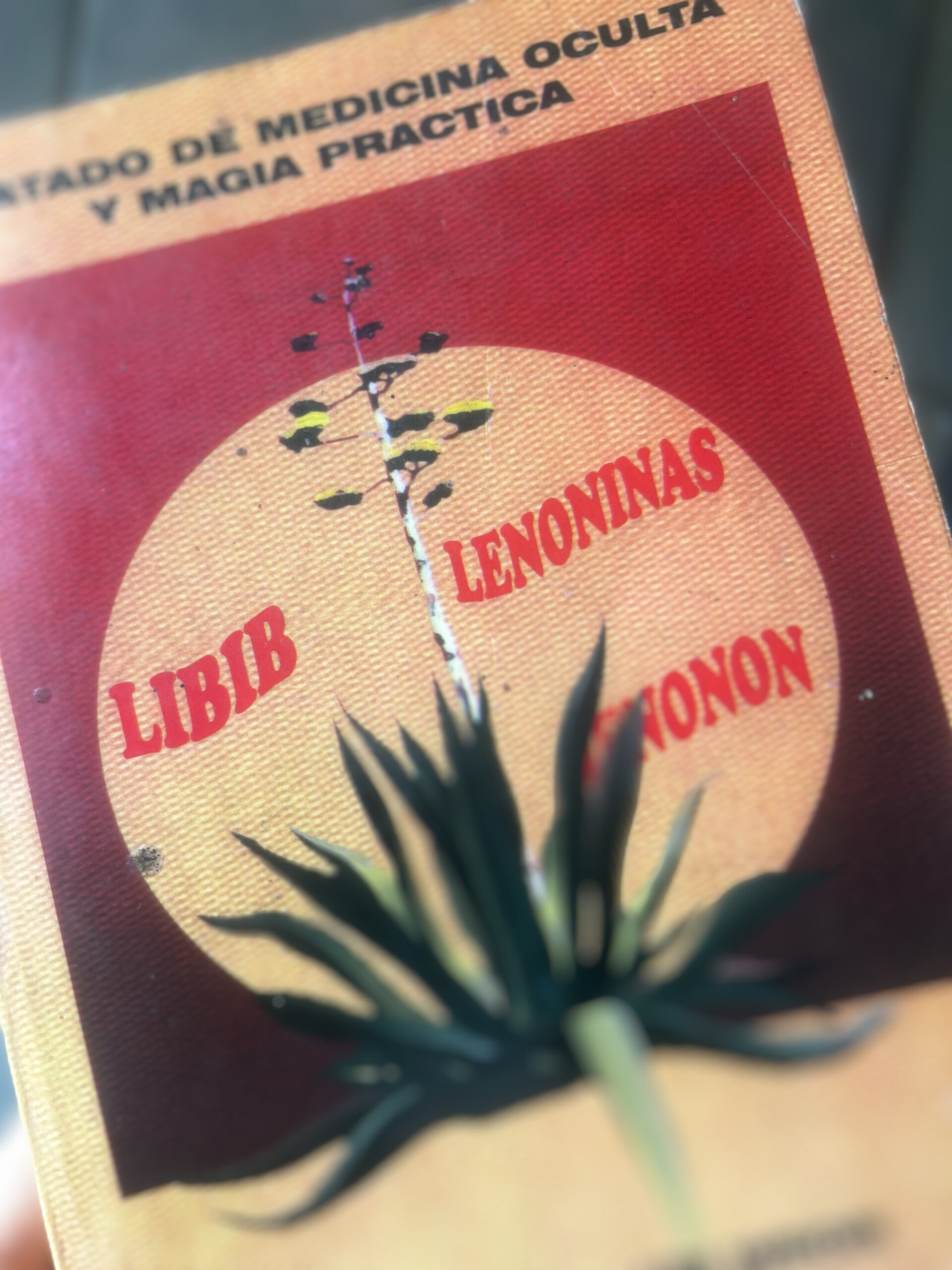
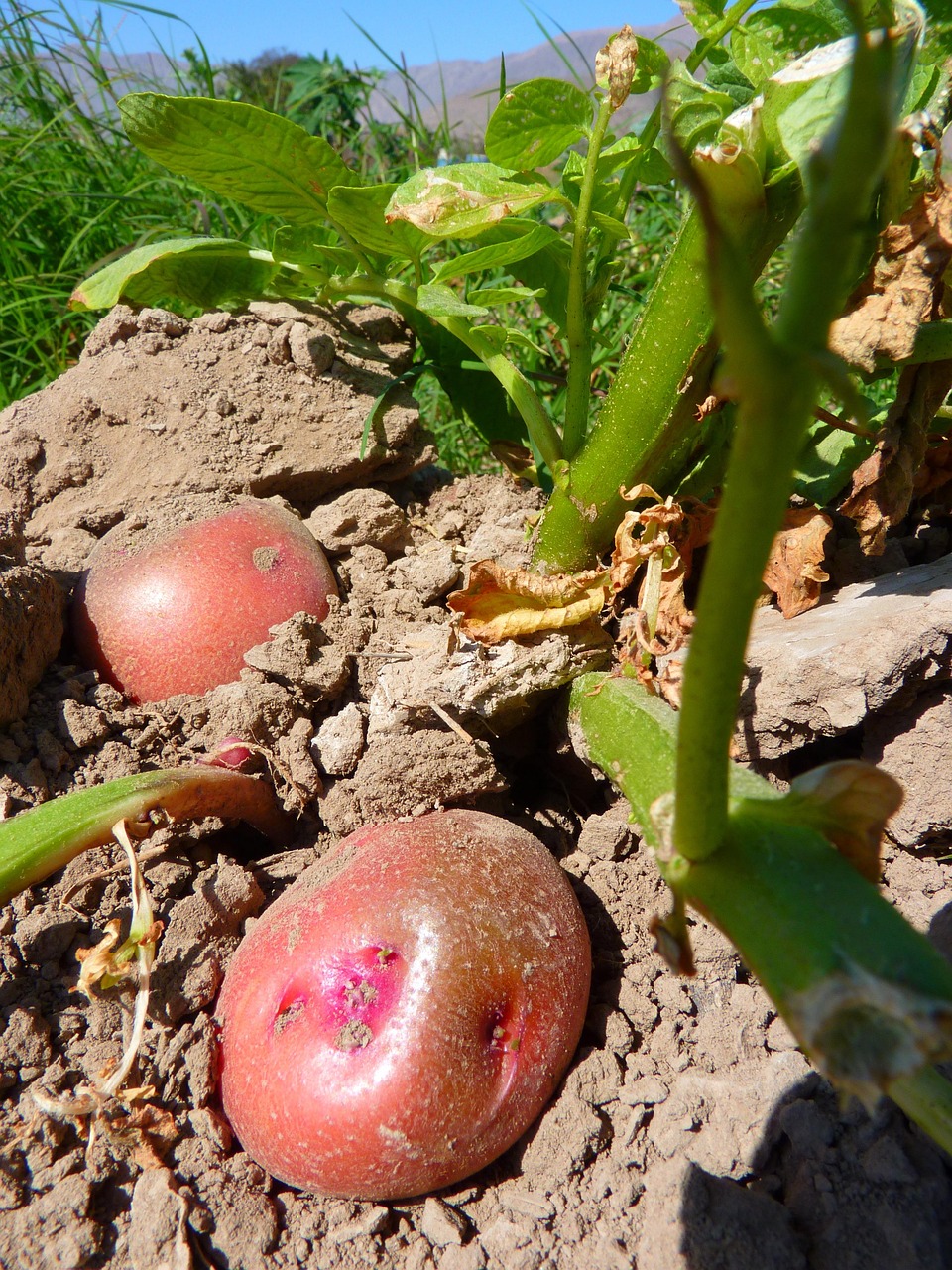
Leave a Reply